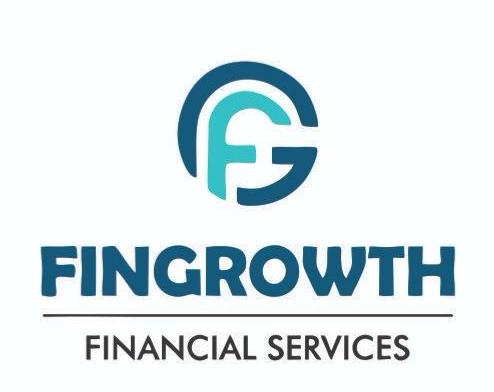our FAQ
Search Your Questions
Queries here

What types of loans are available?
A personal loan is an unsecured loan for personal expenses like medical bills, vacations, or debt consolidation.
What is the difference between secured and unsecured?
Secured Loan: Requires collateral (like property or a vehicle) to back the loan. If the borrower defaults, the lender can claim the collateral. Examples include home loans, vehicle loans, and loan against property. Unsecured Loan: Does not require collateral. These loans are based on the borrower’s creditworthiness. If the borrower defaults, the lender may take legal action but cannot claim property. Examples include personal loans, student loans, and payday loans.
How is loan eligibility determined?
Loan eligibility is determined based on several factors, including: Credit Score: A higher score indicates better creditworthiness, making it easier to qualify for loans with favorable terms. Income: Lenders assess your monthly income to ensure you can afford the loan repayments. Employment Status: Stable employment or business income enhances eligibility. Age: Typically, borrowers must be between 21 and 65 years old to qualify. Debt-to-Income Ratio: Lenders compare your debt obligations to your income to ensure you’re not over-leveraged. Collateral: For secured loans, the value of the asset pledged (e.g., property or vehicle) is considered. Loan Amount & Purpose: The loan amount requested and its intended use can influence eligibility. Repayment History: A history of timely payments on existing loans boosts your chances of approval. These factors combined help lenders assess your ability to repay and the level of risk involved.
What is the interest rate on a loan?
The interest rate on a loan is the cost of borrowing, expressed as a percentage of the loan amount. It is charged by the lender for providing the loan and is paid in addition to the principal amount. Interest rates can vary based on several factors

